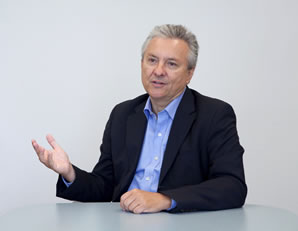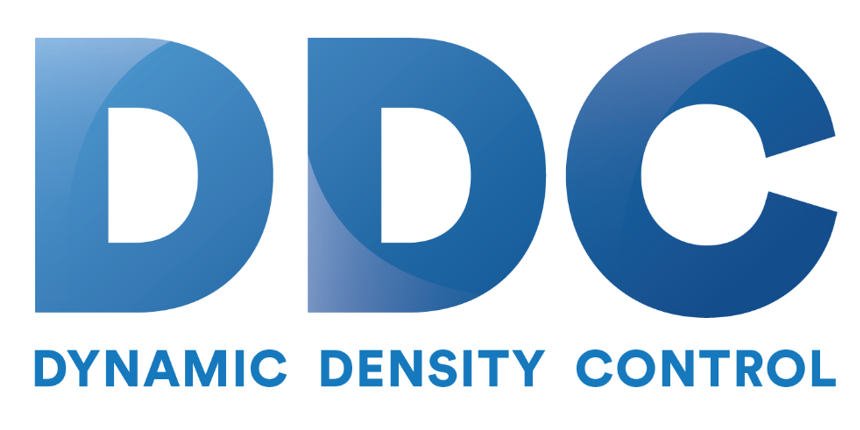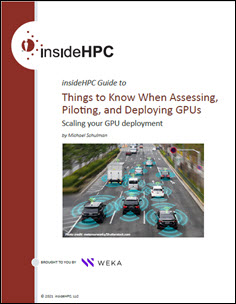
Dr. Horst Simon
Following DOE’s next-gen supercomputing Request for Information (RFI) issued last week, we discussed what it all may mean with Dr. Horst Simon, Special Advisor to the Laboratory Director at Lawrence Berkeley National Laboratory and co-editor of the TOP500 list since 2000. He takes us through the current (though fungible) state of DOE’s post-exascale vision, the implications of an Advanced Computing Ecosystem (ACE) outlined in the RFI and the possible emergence of a new, more vendor-diverse leadership-class systems market.
Having sat through 30-plus vendor meetings in the lead-up to the RFI’s release, Simon said “I’m super-optimistic that this will generate some exciting systems.”
Here are the topics covered with time-stamps:
2:40 – The RFI’s role in DOE’s supercomputing strategy development
6:39 – Why DOE is moving away from monolithic acquisitions and toward a more flexible, modular model
9:40 – The ACE and its expected advantages
10:57 – The ACE as a high bandwidth-connected “super-facility”
13:26 – DOE’s future supercomputers: Reusable, upgradeable
13:57 – Creating a more vendor-diverse leadership-class systems and components market
15:03 – The process until now: 30 meetings, six weeks, “a very intriguing future”
16:49 – Software optimization for next-gen supercomputers
18:22 – On-premises leadership-class systems vs. the cloud model
20:12 – “Trickle-down” implications for the broader HPC market
21:09 – Speculation around future DOE systems with use case specialization
You can find our podcasts at insideHPC’s @HPCpodcast page, on Twitter and at the OrionX.net blog. Here’s the RSS feed.
We welcome your ideas for special topics and guest commentators. Feel free to contact Doug Black or Shahin Khan with your suggestions.




